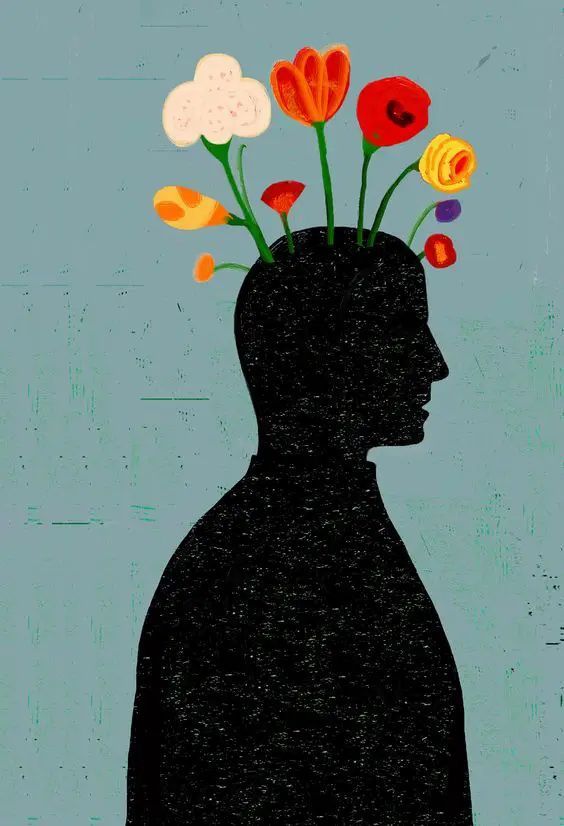The Latin word līmen, means “threshold”. A point of entry or beginning. Liminality is the “in-between”.
And it could mean something different to everyone.
Liminality can be applied to a person standing at the threshold between their previous way and a new way of structuring their identity, their time, or their life as a whole. Think about a student who just submitted their last essay but has not graduated yet; an employee who’s being transferred soon but has not started their new role; or a couple who’s engaged but not married.
A liminal period is where an individual’s understanding of life is challenged and where both destructive and constructive questions need to be asked. It is basically a door for uncertainty, curiosity, change, and creativity.
What happens in liminality?
Doubt, discomfort, unfamiliarity, uncertainty, and anxiety, But also growth, change, and discovery
Liminal spaces offer all the ingredients for creativity.
This, of course, is a very personal take on a universal experience. Some people are more comfortable in liminal spaces than others will ever be.
Personally speaking, I crave transformation. I have found myself wanting to change jobs and careers many times in my life. Wanting to move places, persistently looking for surprising ideas, and working on new projects. Once I reach a certain level of comfort, I start searching for the next rite of passage—the next liminal space. Because I have previously found creativity in liminal spaces.
For others, their brains are uncomfortable in liminal spaces. They experience a fear of uncertainty, which is an evolutionary mechanism designed to protect us from unknown risks. They resist change and seek predictable patterns.
No one is right or wrong. We are all provided with different channels to access and activate our creativity. It’s a matter of knowing yourself and what works best for you.
You may want to read: Why is Rest Good for Creativity?
Creativity in liminal space
“Change is the only constant in life.” – Heraclitus
The journey of an artist is a never-ending cycle of change. Where you have to keep reinventing yourself and come home transformed all the time.
Similarly, life is a creative adventure that requires becoming comfortable with discomfort, a journey where we continually experiment, make mistakes, learn, and grow.
And some of the biggest turning points in our story happen in the uncomfortable yet liberating liminal spaces where we are free to express our creativity.
But is liminality always positive for creativity, and if not, what is the negative side of the equation?
Inside a liminal space, you are motivated to create as a way to explore your thoughts and visions and reposition yourself inside your life, or what you have been perceiving as a life of your own. Creativity will also help you relieve your thinking patterns in a more productive and healthy way.
Uncertainty prompts exploring unconventional ideas outside of the comfort zone. You are more likely to be open and consider alternative approaches when you’re facing a new situation that requires some novel problem-solving.
Liminality can also foster creativity in the sense of needing to adapt and be flexible. You will seek new ways to navigate the uncertain, and you are more likely to come up with creative strategies to tackle challenges.
If you are less comfortable in liminal spaces
Your creativity will be challenged. You may endure anxiety and stress. And these emotional states can hinder creative thinking, as individuals might struggle to focus and generate ideas under such duress.
Uncertainty can also lead to a desire for stability and safety. This can result in risk aversion, where individuals shy away from taking creative risks and instead opt for safer, more familiar approaches.
Too much liminality can create a sense of chaos and a lack of direction. This can overwhelm you and impede your ability to channel your creativity effectively toward your goals, which may lead to decision paralysis. When there are too many unknown variables, you might find it difficult to make decisions or take action. This indecision can hinder the progression of creative ideas and projects.
Conclusion
As an artist, I often relate to extremes. But if you want a neutral opinion, moderation is key. What works for me may not work for others. And what works for you is no one else’s business, nor does it require justification.
The relationship between liminality and creativity is complex. Some liminal spaces can stimulate creativity by pushing us and inspiring us to wander beyond our comfort zones. However, for a group, it can lead to negative consequences that stifle creativity. Striking a balance between a certain level of stability inside a liminal space is often optimal for fostering creative thinking and sustaining a healthy state of mind.




2 Comments